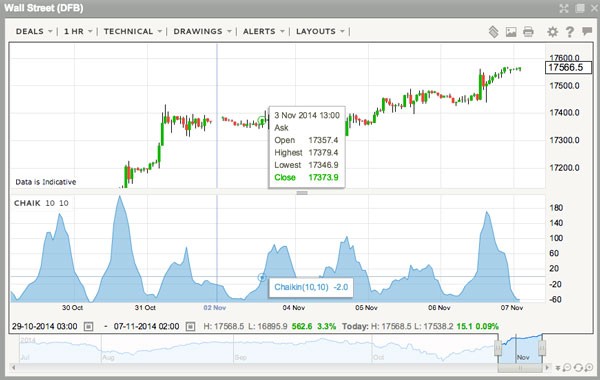Technical Analysis Strategies for Beginners_2
Post on: 18 Август, 2015 No Comment

Many investors start out buying stocks based on fundamentals—including such factors as company quarterly reports, the health of various industry sectors. etc. Another method to follow is technical analysis. This includes the study of charts, trends and pattern recognition strategies. Over time, most investors will use a combination of fundamental and technical analysis.
Why is technical analysis so popular early in the trading day?
Technical analysis is simple to follow, does not require thorough finance knowledge, easily (and freely) accessible charts/graphs on premium finance portals /exchange websites, no complex number crunching required, etc.
How to get started
- Identify technical analysis strategies (and associated parameters) to follow
- Identify tradable securities that will fit the technical strategy
- Finding an appropriate trading/brokerage account for trade execution
- Selecting an interface to track and monitor the required technical parameters (online website, mobile apps or desktop software) with the necessary internet connectivity
- Identifying any other necessary application or software needed for implementing the trading strategy
Let’s go through the above steps with an example.
1. Identifying the technical analysis strategy. This selection is purely on trader’s choice. Assume that a novice trader decides to follow the Moving Average Crossover strategy, where he or she will track two moving averages (15 days and 50 days) on a particular stock price movement. For this strategy, if the short term 15 DMA goes above the long term 50 DMA, it indicates an upwards price move in the near future and hence a buy signal. The reverse indicates a downward price move in near future and hence a sell signal. In short, the trader will buy the stock when 15 DMA line crosses over the 50 DMA line and sell on the reverse pattern. This completes the first step for identifying the trading strategy as well as fixing the associated parameters (15 day and 50 day).
2. Identifying securities: Not all stocks or securities will fit the above strategy, as it is better for highly liquid, high volatility stocks instead of illiquid or stable price stocks. It therefore becomes necessary to select the right stocks matching the selected technical analysis. Additionally, parameter selection can also make significant difference. For e.g. 15 DMA-50 DMA crossover is suitable for frequent short term trades on high volatility stocks, while 50DMA-200DMA suits better for sporadic long term trades.
3. The Brokerage/Trading Account: Get the right trading account which supports trading the selected security type (common stock, penny stocks, futures, options, etc.). It should offer the required functionality for tracking and monitoring the selected technical analysis and indicators. Keep brokerage costs into consideration with regards to the features available and needed. For the above mentioned DMA trading strategy, a basic stock trading account with live DMA indicators on candlestick charts at minimum brokerage charges would work fine. (See related video on Opening your first Brokerage Account )
4. Other tools, interfaces and applications. To save costs and increase ease of access, it may be worth looking for free tools if they fit the trading requirements. In the above example, for long term infrequent trades (50DMA-200DMA crossover), a low cost basic trading account with only order placing facility is sufficient, provided one can identify and access the moving averages on other financial portals or exchange sites (usually available free of cost).
5. Add-on features and functionality. Are you constantly on the move and will it be useful to subscribe to a mobile alert service for your selected trading strategy (like get a mobile text alert as soon as 15DMA crosses 50DMA)? Are you OK to let your broker trade on your behalf provided he strictly follows your technical analysis criteria? Do you want to start with automated trading software (and have you evaluated the ones available thoroughly)?
Consider these and related questions to find the right fit for your trading needs, as well as save you on costs.
Notes of caution :
While the thoughts of making money through trading are always exciting, do the homework beyond the above mentioned points. Further points to consider:
- Understand the rationale, underlying logic and calculations behind the technical analysis
- Be aware of the limitations of the technical analysis strategy, to avoid costly failures and surprises
- Be thoughtful and flexible about the scalability and future requirements – like starting with 15DMA-50DMA and later be willing to move to 50DMA-200DMA or other technical indicators. Your trading account should have features and configurability options to change parameters without extra costs
- Try to evaluate the features of the trading account by asking the broker for a free trial period.
- Start small in the beginning and then expand as you build up experience. It will be worth starting with only one or two stocks on a clearly understood technical analysis strategy, instead of diving in with large sums with multiple stocks and multiple indicators to be tracked.
The Bottom Line
Accept it or not – with any new initiative, beginners face challenges due to limited knowledge and excitement about the prospect of making money. This may cause them to end up on the losing side. The more understanding one builds before venturing out with real money, the better. Following the above guidelines will help beginners enter the world of trading based on technical indicators with due diligence.














